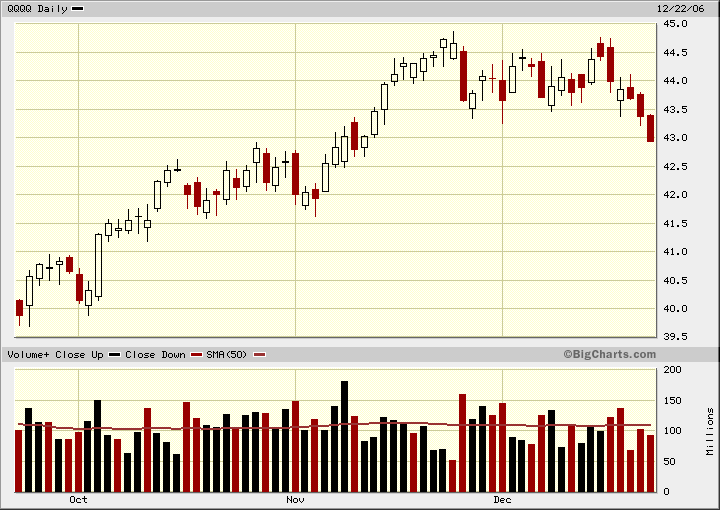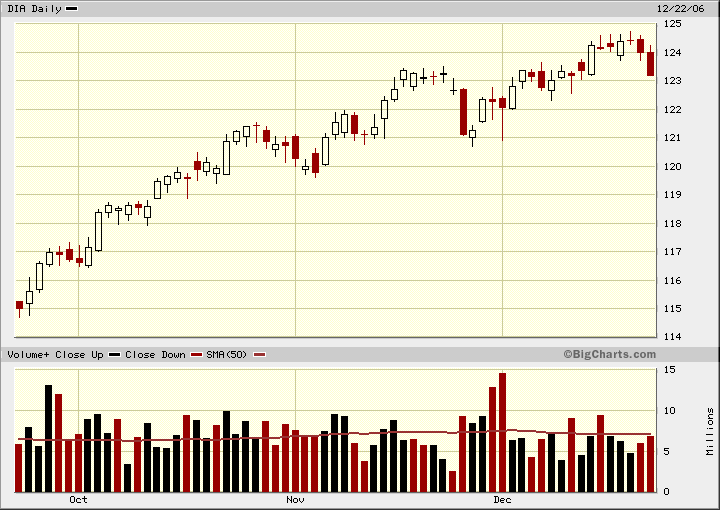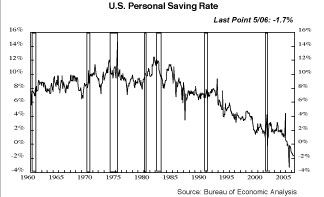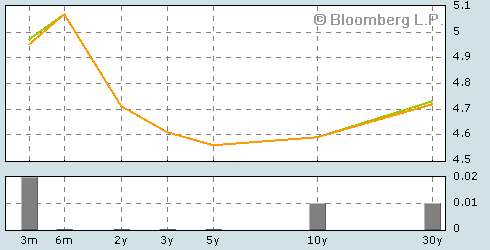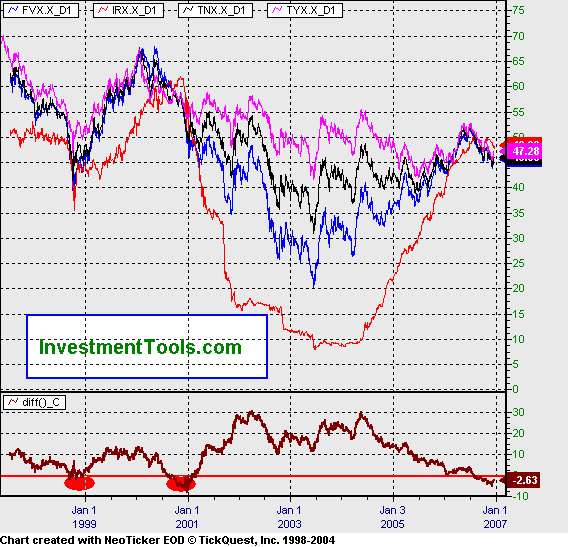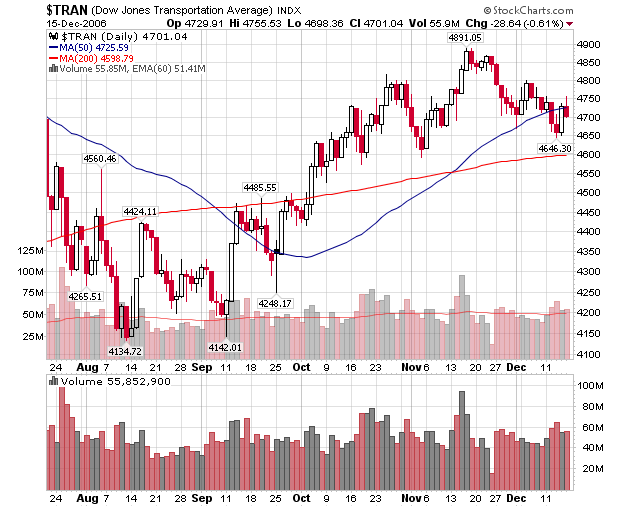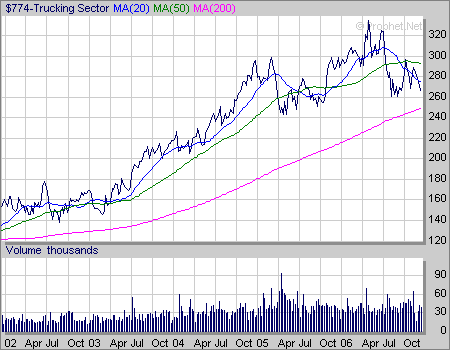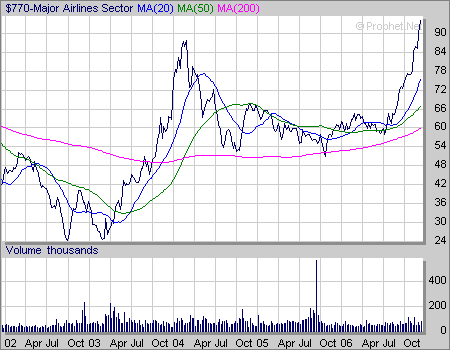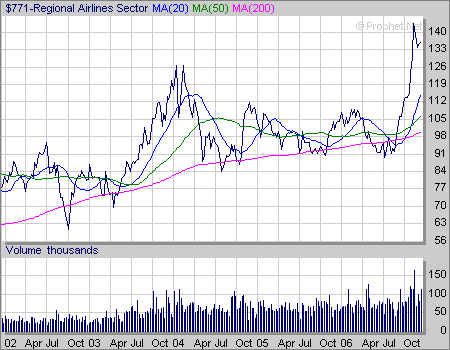This is actually Tula Connell's post. We're experiencing some behind-the-scenes technical difficulty with passwords and such right now, so I'm posting this for Tula. -- BonddadPretzel Logic. Hold the Salt.
Let’s see. U.S. Treasury Secretary Henry Paulson went to China last week to get the Chinese government to voluntarily lower the value of its currency, the yuan.
He failed. But to save face for the United States, China said it will buy four Westinghouse nuclear reactors—never mind worries that this nation is selling its competitive advantage one industry at a time.
At the signing ceremony for the deal, U.S. Energy Secretary Samuel W. Bodman had this to say:
The Chinese were very demanding.
Too bad the same can’t be said of the Bush administration when it comes to creating economic policies that will strengthen the United States. (Bonddad has done a great job detailing Bush’s economic failures here and here, where he points out Bush’s job growth record is the worst in 40 years.)
So, while China keeps its yuan undervalued by as much as 40 percent, this nation runs up a $202 billion trade deficit with China in 2005—and Bush’s solution is to send his cabinet to China to ask its government to see things our way, rather than take any concrete action.
Meanwhile, profit-making corporations like Goodyear are adding to our economic imbalance by sending family-supporting U.S. jobs overseas—to China.
Since October, nearly 16,000 workers have been on strike at Goodyear plants across the nation. They went out on the picket line after Goodyear announced plans to close its manufacturing plant in Tyler, Texas, affecting 1,110 workers. The Tyler plant is the company’s third U.S. plant to be shut down in four years. At the same time, the giant tire maker is increasing imports from factories in countries such as China that pay workers 42 cents an hour. In the past two years, Goodyear has invested $18 million in a plant in China and is increasing production there to 5.3 million tires a year.
While Goodyear is demanding a 50 percent wage cut for new hires, CEO Robert Keegan last year pocketed salary and stock options worth more than $7 million. Goodyear also wants to wash its hands of its retiree health care obligations by moving them to a trust fund from which the company would walk away after it was established—without sufficiently funding it to make it viable for the long term.
While these actions may mean short-term profits for Goodyear, in the long run, they represent more erosion of U.S. economic strength. Simply put, if all workers are reduced to working for Wal-Mart wages, who in the United States is going to buy the products companies like Goodyear make?
As Matt Stoller writes on MyDD (hat tip to Jordan Barab at Firedoglake):
The problem is that Goodyear just gave multimillion dollar bonuses to executives and broke a good-faith agreement with its labor force. The CEO of the company, Robert Keegan…is a father of two, a Bush donor, and a strong supporter of the Ohio Republican Party. He's asking middle class workers to sacrifice their livelihood so he can lie to them and get rich, a form of economic violence that should not go unnoted.
Wall Street was hot to fund Goodyear’s strike-breaking efforts. Within a day, the Street snapped up $1 billion in unsecured note purchases to fund the company through the strike, betting that Goodyear will outlast the striking workers and pave the way for other corporations to rid themselves of retiree health care in upcoming bargaining. Workers in family-supporting, middle-class jobs have a lot at stake in 2007.
Next year, contracts are up at the Big Three automakers, major coal companies, the Las Vegas hotel industry and General Electric. Meanwhile, public employees in a number of states—Connecticut, Hawaii, New Jersey, New York, Pennsylvania, Washington and Wisconsin—will be negotiating for the first time under new Governmental Accounting Standards Board rules that require them to put retiree health care costs in their budgets.
Outsourcing isn’t just a problem for manufacturing workers. Many U.S. jobs are at risk of being shipped overseas—with some estimates saying up to 14 million middle-class U.S. jobs are vulnerable to offshoring.
Rather than create incentives for corporations to keep good jobs in this country, or address skyrocketing health care costs that are eroding corporate profits, Bush supports policies that subsidize job destruction with taxpayer dollars, including new tax breaks for foreign production and more government contracts and subsidies for companies
that destroy American jobs. Providing endless tax cuts for the wealthy that somehow never seem to trickle down to the rest of us is Bush’s primary answer to all our economic ills.
Meanwhile, the Bush administration is considering plans to force striking Goodyear employees back to work at the Goodyear Tire & Rubber plant in Kansas because of an impending shortage of tires for Humvees and other military equipment used in Iraq and Afghanistan.
What Bush should have done is to urge Goodyear back to the bargaining table (contract talks resumed this week). Three years ago, workers at Goodyear tire plants voluntarily agreed to a wage and benefit freeze to help out the financially ailing company. Goodyear management was so grateful that it said the United Steelworkers (USW), the union that represents the workers, was its partner.
But instead of keeping the promises it made to workers when times were bad—like keeping jobs in the United States in return for wage freezes—the company now is slapping those same workers in the face.
Paulson’s predecessor, John Snow, said in 2004 that
The outsourcing of U.S. jobs “is part of trade...and there can’t be any doubt about the fact that trade makes the economy stronger.”
That’s the same type of twisted Bush administration logic that sends hundreds of thousands of troops after non-existent weapons of mass destruction.
[Striking Goodyear workers will lose their health coverage Jan. 3. During the holiday season, think about giving a donation to the USW Strike Fund. All money goes directly to the strikers.]
Tags: AFL-CIO, unions, labor, Steelworkers, outsourcing, Goodyear

